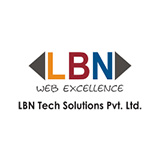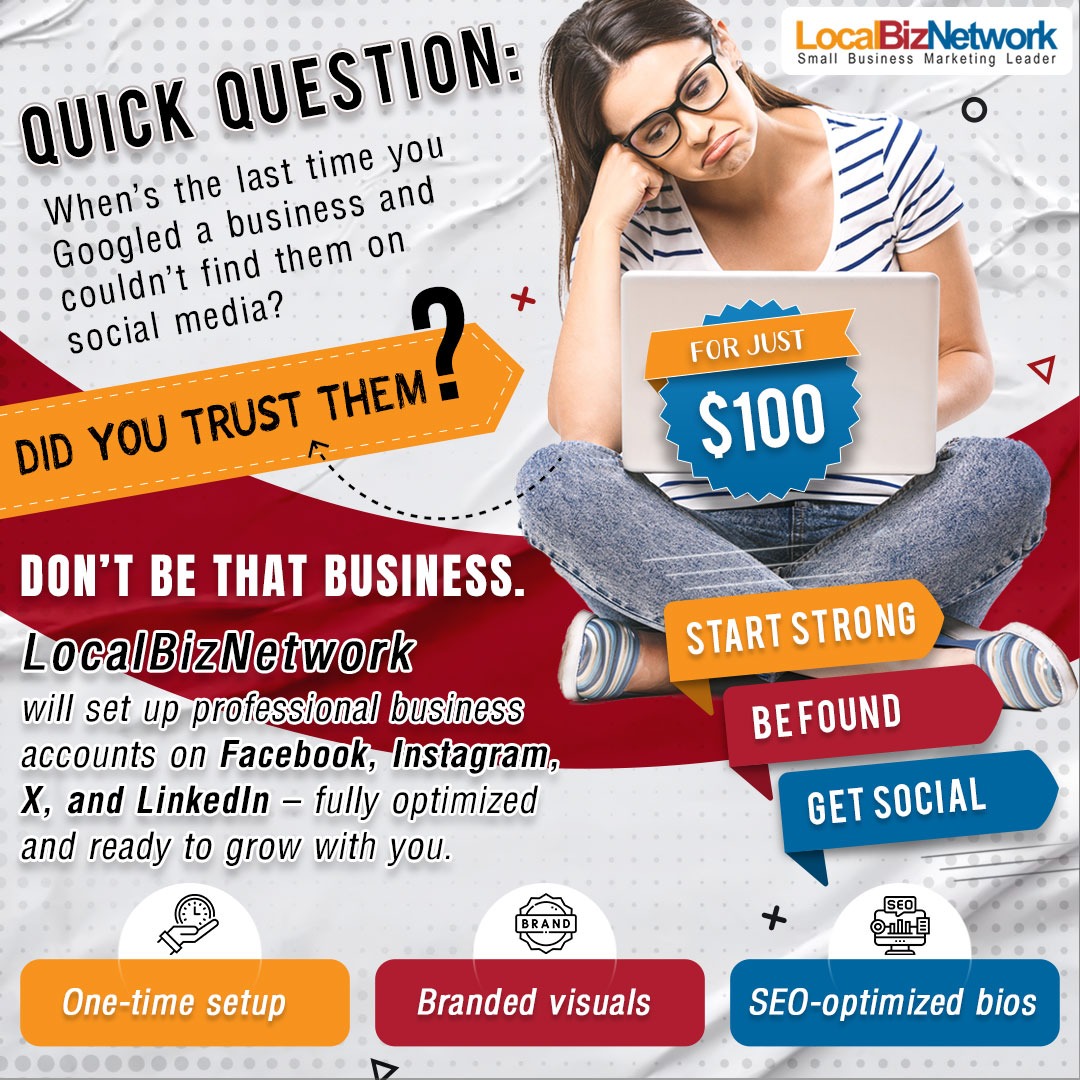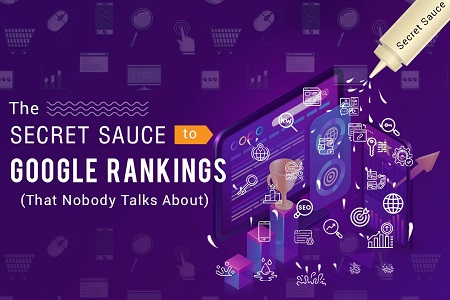Crack the 2025 Code: Digital Marketing Hacks Small Retailers Can’t Afford to Miss to Scale Fast
 Picture this — you’ve got a small retail business you’ve poured your heart into. Your products are solid, your customers are loyal, but when it comes to digital marketing, things feel… stuck. Maybe you're throwing content out there hoping something sticks, or trying to decode analytics that make no sense.
Picture this — you’ve got a small retail business you’ve poured your heart into. Your products are solid, your customers are loyal, but when it comes to digital marketing, things feel… stuck. Maybe you're throwing content out there hoping something sticks, or trying to decode analytics that make no sense.
You're not the only one. In fact, as of 2025, over 73% of small business owners say they’re unsure if their marketing efforts are truly working. And finding new customers and tracking performance remain two of the biggest headaches.
But here’s the good news: There are simple, actionable digital marketing hacks you can start using right now to shift gears and grow. Let’s dive into the strategies that can make a difference this year.
1. Tap into the Power of AI (Without Feeling Overwhelmed)
AI isn't just for tech giants anymore. Tools powered by AI are now super accessible, and honestly, kind of a game-changer for small businesses. As of this year, 4 in 10 small businesses are already using AI to streamline tasks — whether it's content creation, chatbots, or predicting customer behavior.
Try This:
- Use chatbots to answer customer FAQs so you're not glued to your inbox 24/7.
- Generate product descriptions or social media captions using AI writing tools.
- Analyze customer data to send smarter, more personalized offers.
You don’t need to be a tech wizard. Start small and build as you go.
2. Don’t Sleep on Short-Form Videos
Whether you’re into TikTok or not, there’s no denying that a short-form video is hot. 93% of marketers say it’s one of the most effective content types they’re using.
Try This:
- Record a quick 30-second demo of your best-selling product.
- Show a behind-the-scenes peek into your workspace or packaging process.
- Capture real customer testimonials.
Remember: Your phone camera is enough, and keep it real, not rehearsed.
3. Use LinkedIn Videos to Get Seen, Trusted, and Chosen
Most small businesses post the same old text updates and wonder why nothing happens. Why not try a LinkedIn video? It’s the untapped goldmine of 2025 — especially for B2B growth.
Try This:
- Post short, face-to-camera videos that explain what you do, answer FAQs, or share quick tips.
- Showcase your story — why you started, who you help, and how. People buy from people, not logos.
- Stick to a simple format: Problem → Solution → Call to Action. Keep it under 90 seconds.
Videos build trust fast. And trust is what gets people to click, call, and convert.
Also Read: AI in small business digital transformation - Roles and key benefits
4. Make Sure You’re Mobile-Ready
Here’s a stat that might surprise you: Over 50% of web traffic now comes from mobile devices. If your website isn’t mobile-friendly, you could be turning away half your potential customers without even realizing it.
Try This:
- Test your site on your phone. Is it easy to scroll, click buttons, and read product info?
- Use tools like Google’s Mobile-Friendly Test to see where improvements are needed.
- Keep navigation simple and load times fast (compress large images!).
5. Consider Premium Business Listing Services for Better Google Rankings
Even the best product won’t sell if people don’t know it exists. That’s where business listings come in.
Try This:
- List your business on free directories like Google Business Profile, Yelp, Bing Places, and Apple Maps.
- Then start researching paid business listing sites. Invest in reputable paid listings in your niche or industry — they often bring in highly targeted, ready-to-buy traffic. Premium directory placements can give you better visibility, backlinks for SEO, and sometimes lead alerts.
6. Master the Art of Email (It’s Still King)
Think email’s dead? Think again. It’s still one of the most cost-effective tools out there, bringing in an average of $42 for every $1 spent.
Try This:
- Start building your email list with a simple sign-up form on your site or at checkout.
- Send helpful content (not just promos). Think tips, behind-the-scenes, and customer stories.
- Personalize where you can — use names, past purchases, and preferences to tailor emails.
And yes, make sure your emails look good on mobile — over half are opened on phones.
7. Invest in Social Media
Organic reach is shrinking, but that doesn’t mean social media isn’t worth it. 96% of small businesses now use social media to market themselves. But if you want serious visibility, a small ad budget can go a long way.
Try This:
- Run targeted ads on Facebook or Instagram to promote a product or sale.
- Use carousel ads to show off multiple items or angles.
- Keep experimenting — different images, captions, and audiences can change everything.
Start with a small budget and see what clicks.
8. Leverage Micro-Influencer Marketing for Cost-Effective Growth
If you are on a tight marketing budget, big ad spends are best avoided. But here’s the good news: You don’t need a celebrity endorsement to build buzz.
Try This:
- Tap into the power of micro-influencers — people with around 10,000 engaged followers who talk to their audience. Instead of dropping dollars on massive campaigns, send them your product as a gift.
- Look for influencers who align with your brand values and customer persona. A handful of posts from the right people can drive awareness, clicks, and even sales, without draining your budget. Just stay consistent and keep those DMs rolling.
Also Read: Affordable Digital Platforms for Startups: How to Effectively Choose and Use Social Media
9. Let Your Customers Do the Talking
User-generated content (UGC) is content made by your real customers, and it’s powerful. Ads that include UGC can get up to 400% more clicks than standard ones.
Try This:
- Ask customers to tag you in photos of them using your product.
- Repost those images (with permission) on your feed or stories.
- Run a hashtag contest to encourage more people to share their photos.
- Also, don’t forget reviews. Ask happy customers to leave reviews with a simple post-purchase email. Highlight glowing reviews on your website and social channels.
This not only builds trust, but it also builds community.
10. Add a Little Interactivity
Static posts are fine, but interactive content like polls and quizzes boosts engagement big time. 93% of marketers say interactive content helps educate buyers more effectively.
Try This:
- Post a “this or that” poll in your Instagram Stories.
- Create a short quiz to help shoppers choose the right product.
- Use clickable Instagram Story stickers to get quick feedback or ideas.
Interactive = memorable.
11. Track What’s Working and What Isn’t
You can't improve what you don’t measure. The problem? Most small businesses feel unsure whether their efforts are moving the needle.
Try This:
- Use Google Analytics to see where your traffic is coming from and what people do on your site.
- Check your social media insights to find your top-performing posts.
- Set simple goals: more sign-ups, more sales, more engagement, and review monthly.
Data doesn’t have to be scary. It’s your best friend when you’re growing smart.
12. Social Commerce Is Booming
People aren’t just scrolling anymore — they’re shopping. From Instagram Shops to Facebook Marketplace, social platforms are becoming mini-malls where decisions (and purchases) happen in seconds.
Try This:
- Integrate your product catalog directly into your Instagram and Facebook profiles.
- Create shoppable posts that tag your products so users can browse and buy without ever leaving the app.
- Use engaging videos, customer reviews, and limited-time offers to turn views into checkouts.
- Set up a WhatsApp Business account with a complete product catalog. Use quick replies, automated greetings, and broadcast lists to handle inquiries and promotions like a pro.
Social media isn’t just for likes anymore — it’s your fastest-growing sales channel in 2025.
LocalBizNetwork
At LocalBizNetwork, we offer affordable premium listings with perks like custom artwork, do-follow backlinks, and video promotions. Upgrade to a featured listing to unlock unlimited article posting, exclusive offers, on-page SEO tools, and more, designed to help small businesses shine online. To explore various listing options tailored to your business needs and to boost your online discoverability effortlessly, click here.
Frequently Asked Questions (FAQ)
1. I'm not tech-savvy. Can I still use AI tools in my small business?
Absolutely. Many AI tools today are designed with simplicity in mind. You can use AI to write social media captions, respond to common customer questions with chatbots, or even analyze customer data — all without needing to code or be highly technical.
2. I don’t have a big marketing budget. Will these tips still work?
Yes. Most of the strategies shared — like short-form videos, email marketing, business listings, and UGC — are either low-cost or completely free. Even small ad spends or micro-influencer partnerships can generate big results if done strategically.
3. How can I make my short-form videos if I don’t have editing skills?
Your smartphone camera is enough. Focus on authenticity rather than perfection. You can use free apps like CapCut or InShot for easy editing, or post raw, behind-the-scenes clips that show the real you and your products.
4. Why should I bother with LinkedIn if I’m not a B2B business?
Even if you're not B2B, people do business with people. Posting videos about your brand story, products, or expertise can help build trust, attract partners, or even drive sales — especially if your audience includes professionals.
5. How do I know if my website is mobile-friendly?
You can use Google’s Mobile-Friendly Test to check. Also, simply visit your site on your phone — if it’s hard to navigate, slow to load, or the text is too small, it’s time to optimize.
- May 30, 2025





